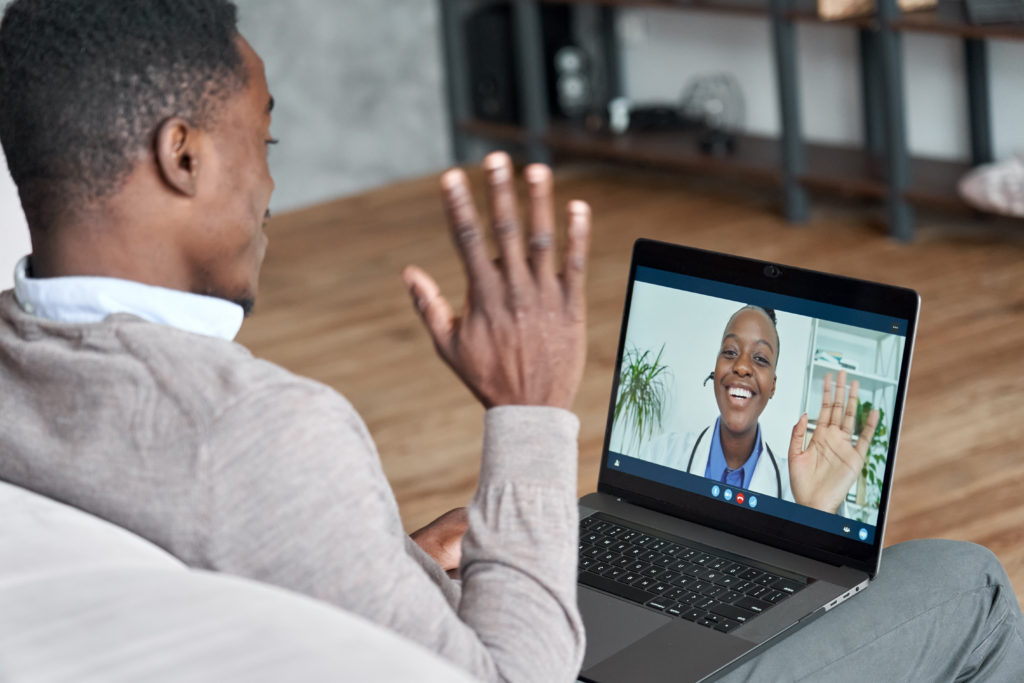Legislative updates supported by VTN will expand Medicaid coverage for remote patient monitoring for high-risk patients
The public health emergency of the past year has impacted the delivery of healthcare services in profound ways, and perhaps none more so than how it has accelerated the adoption of virtual care – by both patient and provider. From diagnostic tools to preventive care, from mental health services to treatment, telemedicine has proven to be a safe, convenient and effective tool across virtually every practice area.
With the momentum behind telemedicine increasing, it’s not surprising that many of the policies and regulations surrounding telehealth are having to play catchup. For example, prior to the pandemic, Medicare restricted coverage of telemedicine services to patients located in rural locations and from eligible patient originating sites. Medicare has broadly covered remote patient monitoring services since 2019. Since 2003, Virginia Medicaid has covered video-based services provided to patients in both rural and urban locations, albeit from eligible facilities. With the COVID-19 public health emergency, waivers implemented by both Medicare and Medicaid enabled the expansion of virtual care.
Beginning with the 2020 Special Session of the Virginia General Assembly, Virginia policymakers began to make permanent some of the changes implemented during the public health emergency.
During that session, landmark bills introduced by Del. Dawn Adams and Sen. George Barker established a patient’s home or other location in the Commonwealth as an eligible patient originating site. This legislation eliminated the requirement for a patient to be physically present at a doctor’s office or clinical facility. The 2021 General Assembly legislative session resulted in legislation, also sponsored by Delegate Adams and Senator Barker, that enabled Medicaid to cover remote patient monitoring for chronic disease management and for certain acute conditions. These changes can be expected to result in fewer emergency room visits, patient hospitalizations and improved outcomes. In addition, federal and state funding for broadband expansion will continue to drive utilization of telehealth services across broad regions of the Commonwealth.
“COVID-19 has demonstrated that patients and providers alike have enthusiastically adapted to the use of a broad range of virtual care tools.” said Karen S. Rheuban, M.D., a pediatric cardiologist at the University of Virginia Medical Center and president of the board of directors for Virginia Telehealth Network. “Historically, although there had been a fragmented approach to coverage of telehealth services, the public health emergency and subsequent changes in public policy have led to true transformations in care delivery models. We are grateful to the Virginia General Assembly and to Governor Northam for their vision, and their support of these telehealth methodologies that improve access to care and ultimately, patient outcomes.”
Many of the new changes are scheduled to take effect this July.
Key Takeaways
- During the 2020 Special Session, landmark bills introduced by Del. Dawn Adams and Sen. George Barker established a patient’s home or other location in the Commonwealth as an eligible patient originating site.
- The 2021 General Assembly legislative session resulted in legislation that enabled Medicaid to cover remote patient monitoring for chronic disease management and for certain acute conditions.

